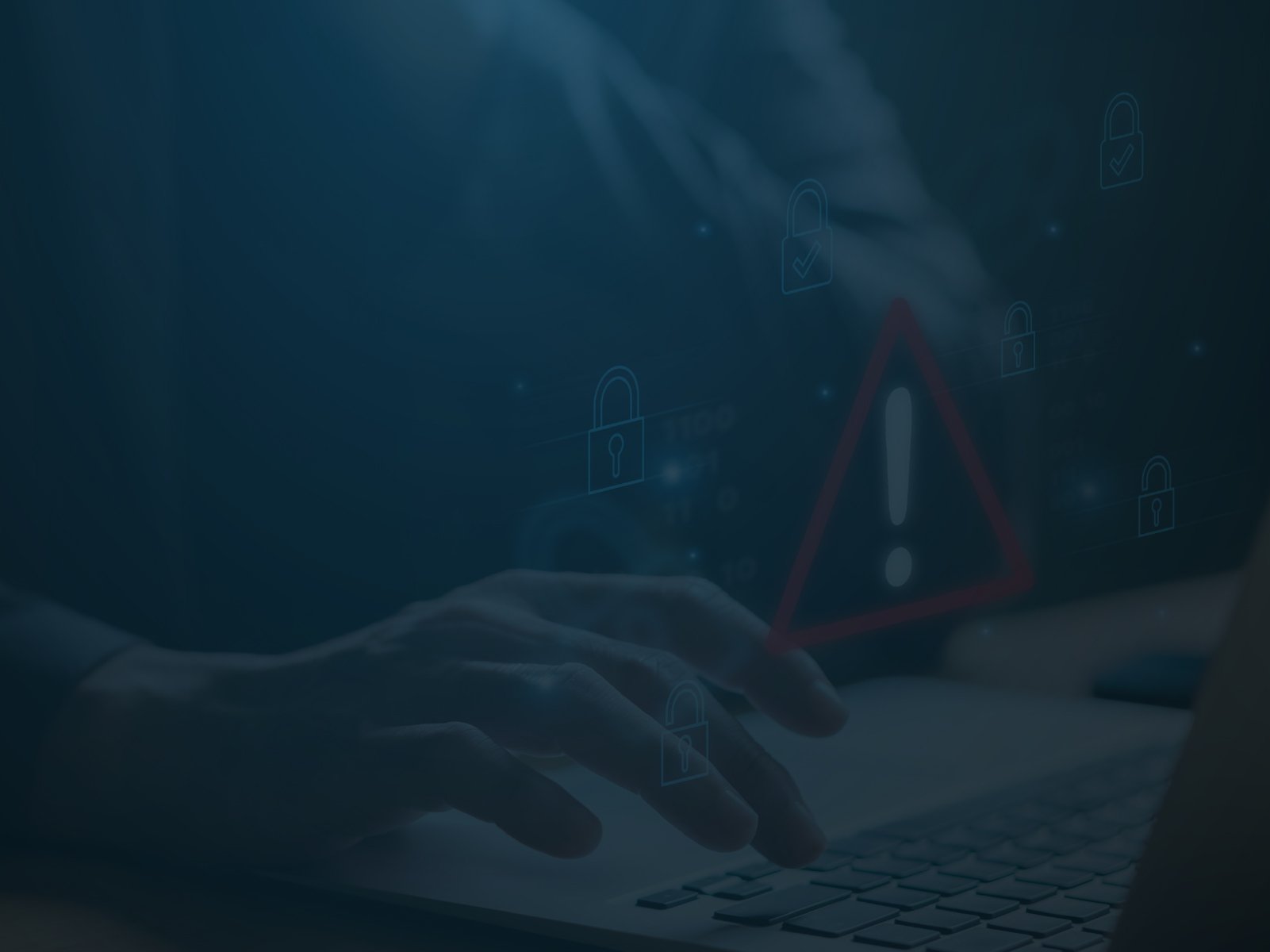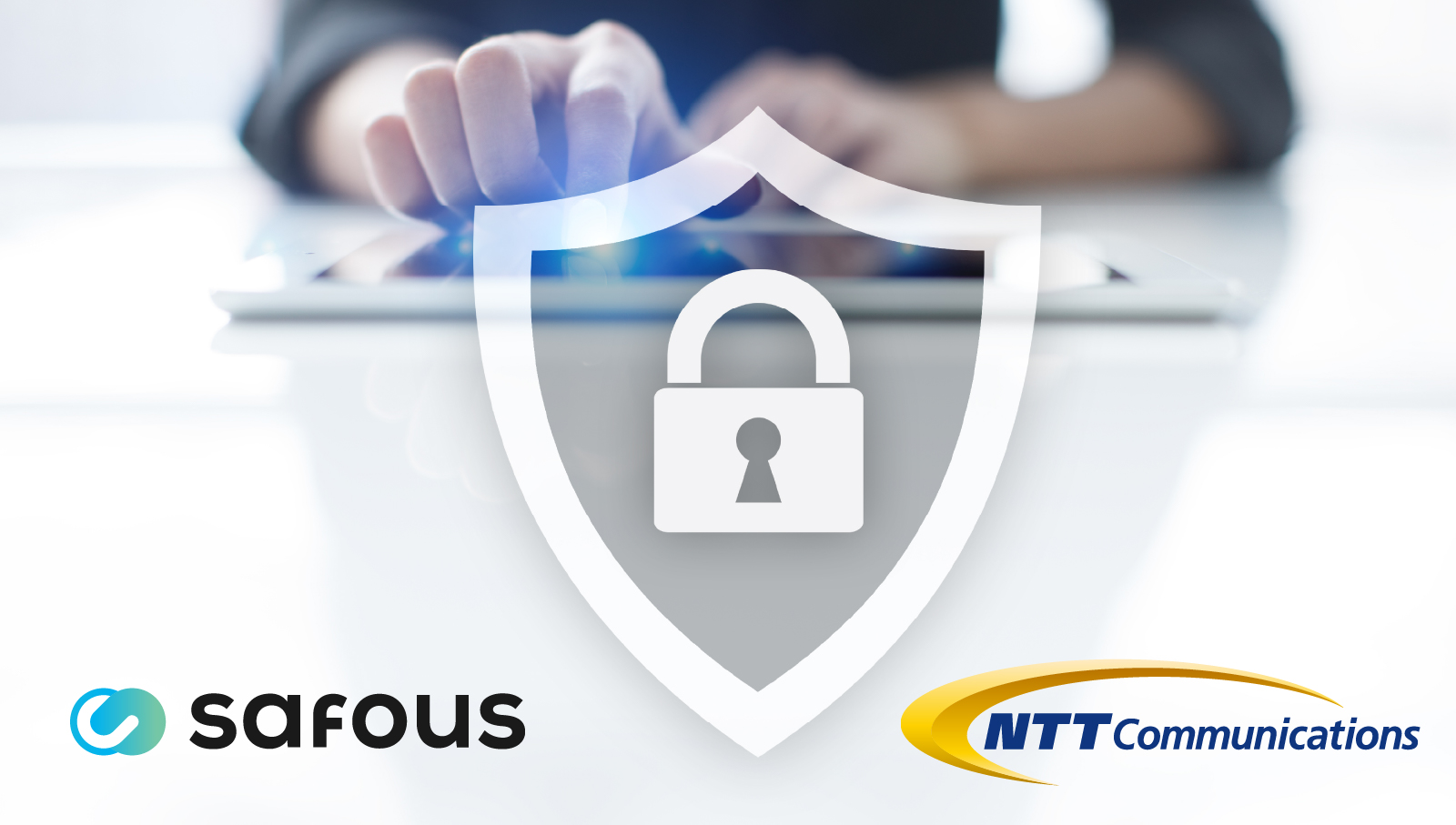The role of the Chief Information Security Officer (CISO) has evolved alongside modern technological advancements. Initially tasked with mitigating information security risks in a company's network and information technology systems, the CISO's responsibilities have expanded to include API protections as more businesses embrace web-based applications.
APIs comprise 83% of all network traffic,1 and are a prime target for security incidents and data breaches. API security issues plagued 94% of organizations in 2022, and 48% experienced data exposure or a security breach.2
While APIs help businesses deliver services and drive innovation, they also introduce many new vulnerabilities. Every CISO needs a way to mitigate the potential risks without compromising the effectiveness of APIs – which is where Web Application and API Protection (WAAP) solutions come in.
In this blog, we'll explore the expectations and responsibilities of today's CISO – and how WAAP solutions can help them keep up with the evolving threat landscape.
A Brief Timeline of the CISO Position
The original role of the Chief Information Security Officer, when first established in 1995, was straightforward yet crucial: to protect an organization's data and manage its information technology security. As the senior-level executive responsible for security operations, a CISO was typically focused on developing data security objectives that were largely internal, particularly in sectors such as finance and healthcare.
As businesses began to embrace emerging technologies, protecting digital assets from increasingly sophisticated cybersecurity threats became the primary responsibility of every CISO. A Chief Information Security Officer was expected to be familiar with new threats and develop cybersecurity policies to prevent and respond to information technology security incidents.
The CISO role expanded even further with cloud computing and the Internet of Things (IoT). Now, the Chief Information Security Officer's responsibilities also include ensuring the safe use of cloud-based services and managing business continuity and disaster recovery initiatives in case of a data breach.
The recent shift towards API-driven architectures has added a new layer of complexity to the CISO's responsibilities. Most organizations have adopted web-based applications, making API security a critical concern for the modern CISO. The Chief Information Security Officer now needs to work closely with development teams to secure API endpoints and use advanced cybersecurity products like WAAP to shore up vulnerabilities in business systems.
Generally speaking, the CISO role has evolved from overseeing basic cybersecurity operations to protecting an organization's entire digital environment. Today, successful CISOs are expected to stay ahead of the latest threats, manage a wide range of information security operations, and ensure compliance with data protection laws and regulations.
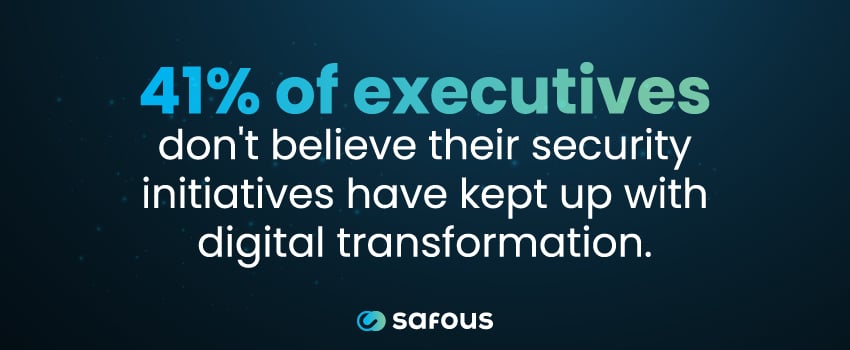
What Is WAAP?
WAAP platforms encompass a range of cloud-based security practices and technologies used to protect web applications and APIs from cybersecurity threats. Their primary purpose is to secure public-facing API endpoints by detecting and responding to API-specific vulnerabilities – a major concern for the modern CISO at any organization.
While the features and functionality of WAAP tools will vary depending on the provider, they typically include:
- Web application firewalls (WAFs)
- Authentication and access controls
- DDoS protections
- Real-time monitoring and threat detection
Why Is WAAP Essential for the Modern CISO?
WAAP tools can help a CISO maintain the integrity, availability, and confidentiality of the digital assets used by their company – while also ensuring the trust of customers, partners, and the board of directors. Here are a few of the challenges WAAP can help information security professionals overcome:
Growth in API Usage
APIs are growing at an incredible pace. By 2025, less than 50% of APIs will be protected due to API usage surpassing the capabilities of API management tools.3 Malicious parties can take advantage of unsecured APIs, potentially resulting in damage such as data leakage and unauthorized access. A CISO can secure sensitive data without disrupting business operations by implementing an integrated web application and API security solution.
Helping the CISO Manage the Pace of Digital Transformation
Digital transformation has amplified the responsibilities of Chief Information Security Officers face as the CISO role evolves. A 2022 study found that 41% of other executives don't believe their data security initiatives have kept up with digital transformation.4
WAAP solutions play a pivotal role by providing cybersecurity measures tailored to modern web applications and APIs. They offer an organization the agility to respond to threats quickly and streamline incident management, enabling a Chief Information Security Officer to successfully keep up with the speed of digital transformation while ensuring API security.
Evolving API Security Challenges for the CISO
APIs are the gateway to an organization's most valuable data, making them an attractive target for malicious parties. A reported 54% of companies have slowed the rollout of new applications due to API security concerns,5 the most common of which include:
- Data Leakage - APIs that aren't properly secured can potentially expose an organization's information to unauthorized parties. The CISO needs full visibility and access controls over the company data exchanged through their public-facing APIs to combat this threat.
- API Abuse - Cybercriminals often target APIs to abuse them by exploiting vulnerabilities, disrupting services, or accessing sensitive data. WAAP tools are solid cybersecurity investments for a CISO, as they can reduce API abuse with measures like rate limiting, input validation, and more.
- Shadow APIs - A shadow API is any third-party API that isn't being managed by the business using it. By implementing tools that can track each API their company uses, a CISO can reduce the risk of malicious parties gaining easy access to business systems.
A Big Concern for the CISO: Insufficient Security Measures
Public APIs and the web applications built using them face unique challenges that many security tools cannot address. Traditional cybersecurity solutions like API gateways and basic Web Application Firewalls (WAFs) use measures like signature matching and port-based blocking to secure endpoints – neither of which are effective as API protections.
WAAP platforms provide an organization with a holistic approach to securing web apps and APIs. They combine threat detection, automated responses, reporting, and alerting capabilities to enhance information security knowledge and deliver greater visibility into threats for a CISO.
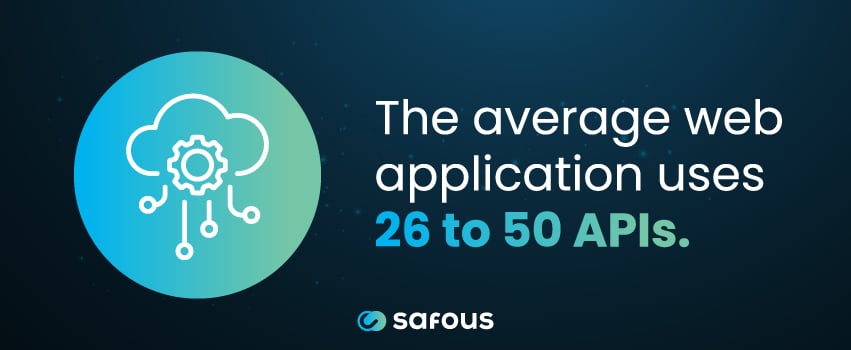
How Can Today’s CISO Defend Against Emerging Threats With WAAP?
WAAP solutions play a critical role in equipping the modern CISO with the tools needed to navigate today's evolving security threats, including:
Real-Time Threat Detection
The proactive defense provided by WAAP solutions is key to maintaining an effective information security strategy. WAAP tools can monitor API endpoints in real-time, identifying and neutralizing threats before they cause damage. Real-time threat detection allows a CISO to take immediate action against suspicious activities, mitigating potential risks.
Web Application Firewalls
WAFs are a core component of WAAP. They protect web apps and APIs from common API-based attacks, such as SQL injection and cross-site scripting (XSS). They also examine incoming and outgoing traffic, filtering malicious requests and blocking potentially harmful activities.
Bot Protection
WAAP solutions can typically identify and block malicious bots attempting to access a web application or API. With bot protection capabilities, developers can more readily defend against automated attacks, unauthorized API access, and data scraping.
DDoS Protection
Distributed Denial-of-Service (DDoS) attacks disrupt web apps and APIs by overwhelming the servers they reside on with traffic. A WAAP solution can help detect and mitigate DDoS attacks to improve the application's availability and ensure uninterrupted service.
Threat Intelligence
WAAP solutions often leverage AI-powered threat intelligence features. These tools learn the normal patterns of API usage and flag any deviations as potential threats. By leveraging this feature, a CISO can detect and respond to anomalies faster, helping to prevent potential cybersecurity breaches.
Authentication and Access Controls
Access control is a growing problem for the modern CISO. WAAP solutions have advanced authentication and access control features to help prevent unauthorized access. These can restrict API access to approved users, ensuring only authorized parties can view or use your sensitive data.
How the CISO Can Eliminate API Security Risks With Safous WAAP
The average web application uses 26 to 50 APIs,6 making API security an issue any CISO can't afford to ignore. But combating the risks associated with unsecured APIs will take more than new security policies – as a CISO, you need a comprehensive solution for your company designed specifically with API protections in mind.
Safous WAAP is the world’s first API protection that eliminates vulnerabilities using zero-trust access (ZTA) technology. It hides API endpoints from the public internet using strong authentication measures, WAF functionality, and DDoS countermeasures, effectively making them invisible to attackers. And because we use zero-trust access technology to deliver WAAP functionality, we can offer this service faster – and for less than half the price – than other WAAP options.
As a CISO tasked with safeguarding your network and systems against attackers, you know just how critical effective, reliable cybersecurity measures are.
Are you ready to meet the challenges of the modern CISO with the most advanced cybersecurity technology available? Book a demo today to see for yourself how effective Safous WAAP can be at protecting your organization.
Sources:
- https://www.csoonline.com/article/646557/why-api-attacks-are-increasing-and-how-to-avoid-them.html
- https://salt.security/api-security-trends
- https://cf-assets.www.cloudflare.com/slt3lc6tev37/6VKdAmxsP0FiN5ICN1dpRP/72c75712cf8e1d1239f5de450770f175/The_CISO_Guide_to_API_Security_-_eBook.pdf
- https://www.forbes.com/sites/chuckbrooks/2022/06/03/alarming-cyber-statistics-for-mid-year-2022-that-you-need-to-know/?sh=1b5ec4817864
- https://www.itsecurityguru.org/2022/08/03/apis-attacked-in-94-of-companies-in-past-year
- https://www.paloaltonetworks.com/resources/research/api-security-statistics-report
Receive the latest news, events, webcasts and special offers!
Share this
You May Also Like
These Related Stories
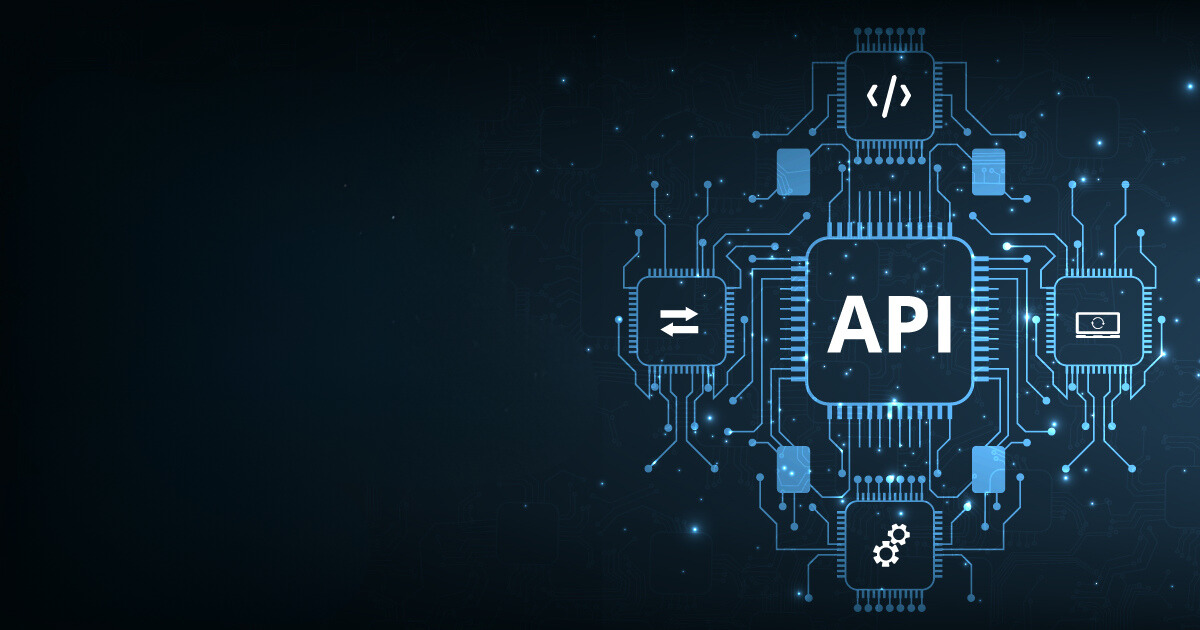
What Is WAAP, and Why Is It Important?
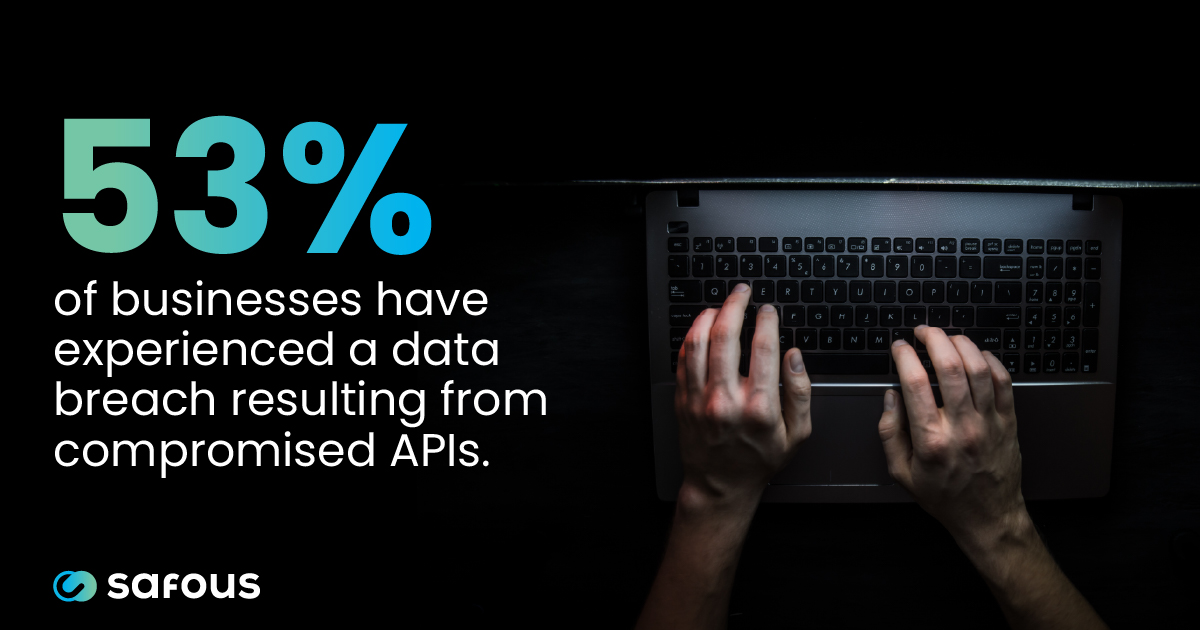
WAAP to the Rescue: Why Is It Better Than WAF?

